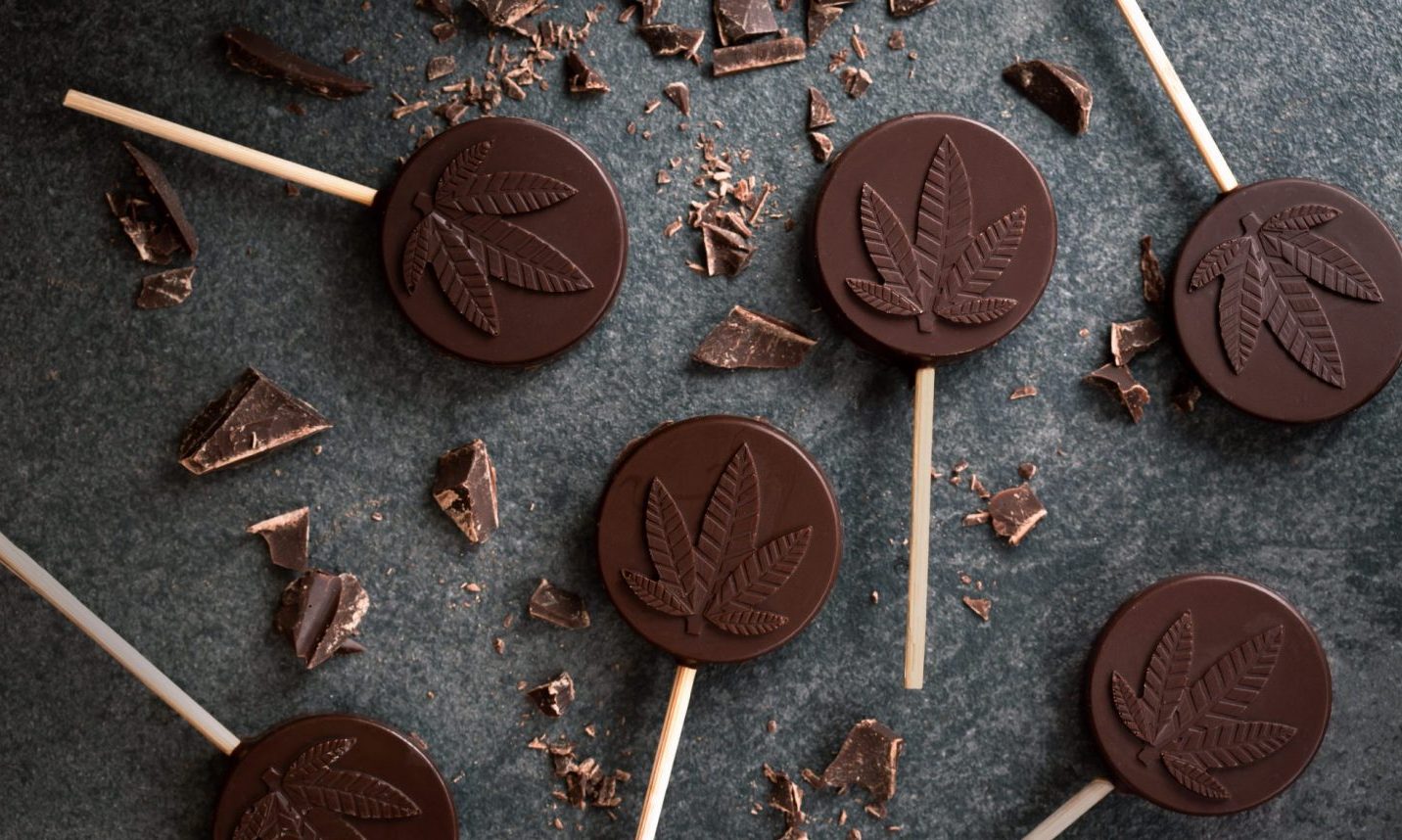
Edibles on dispensary shelves today are a far cry from the erratically-dosed, untested and unregulated munchies of a decade ago, whether you procured them as a registered medical patient or made your own. Nowadays everything is made in a permitted facility with proprietary technology and formulas, lab-tested and packaged with clear dosing instructions. But as many regular users might have noticed, not all edibles induce the same high, even at the same numerical dose.
Here’s an essential guide to understanding why you may have noticed some differences.
Baked Goods
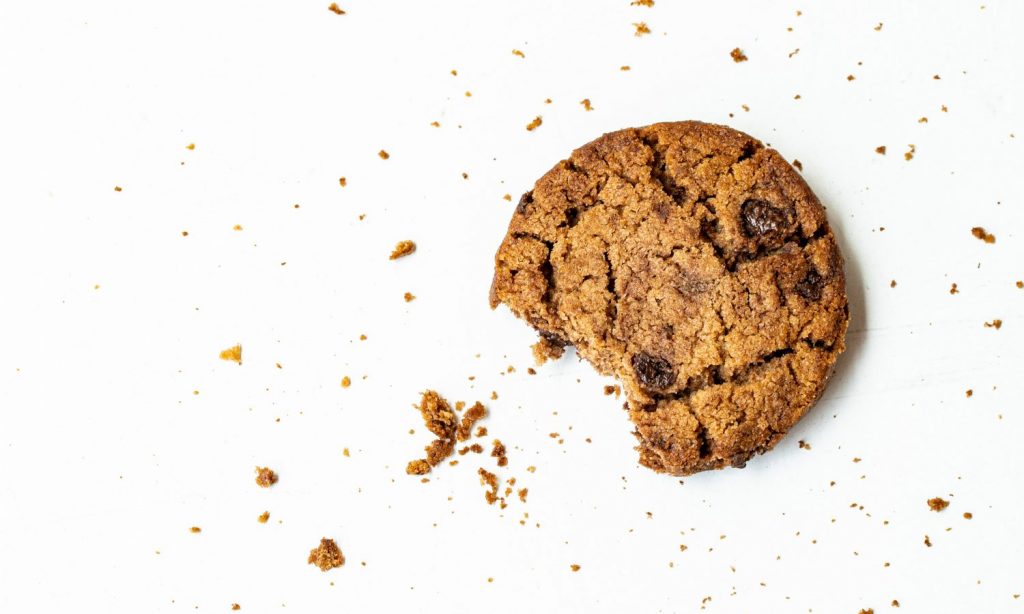
Who hasn’t had a magic brownie and freaked out when the effects peaked hours after consumption? Infused baked goods have been around for generations, and is what inspired the name of seminal cannabis activist Mary Jane “Brownie Mary” Rathbun.
Cannabis is fat-soluble, as opposed to water soluble, and cannabinoids bind to lipids, meaning the butter cocoa and eggs in most cookies, brownies and cereal treats are great at storing THC; an anecdotal High Timesarticle deemed butter and coconut oil the best bases for these kinds of edibles. But because baked must, by definition, be baked and exposed to heat, it’s likely some of the potency will be burned off.
Chocolate
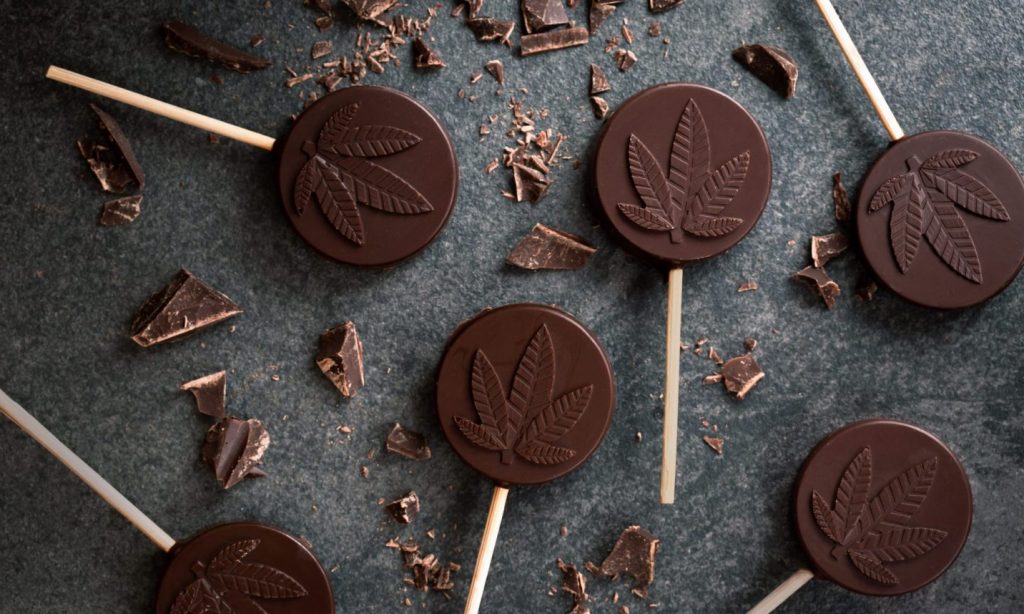
Similar to baked goods, chocolate also contains fats that cannabis compounds like to bind to, though in lesser amounts. Chocolate is also often made with ground flower or a cannabis oil for control, and doesn’t have to be baked and exposed to heat.
RELATED: What To Do If Your Marijuana Edibles Aren’t Getting You High
Chocolate masks the taste of cannabis well and is less heavy to eat in high doses if needed. However, some research raises the concern that chocolate could chemically interfere with how THC appears in product testing, according to Healthline, making it appear to be less than what the true value could be.
Gummies
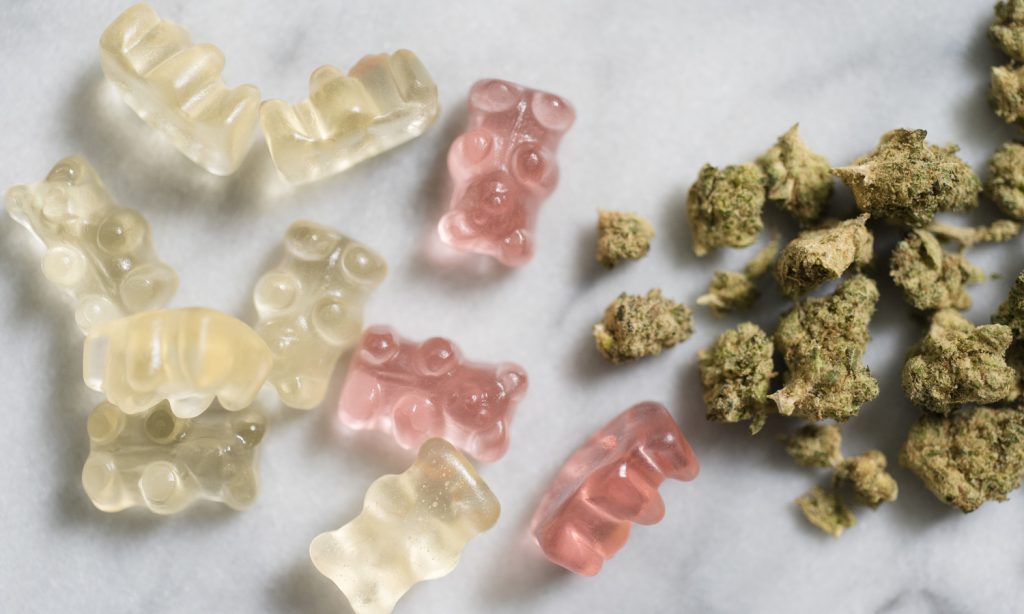
Gummies may very well be the most popular form of edible today due to their ease with dosing, range of flavors and evolving infusion methods like nano-emulsions. Gummies are also more fast-acting than their other fat-heavy counterparts.
RELATED: Why You Need To Be Careful Using Edibles The First Time
Due to their formulation constraints, gummies are often made with a cannabis distillate (though some brands use hash or other forms of full-spectrum concentrate) to avoid a strong cannabis flavor, and are digested quickly, meaning they set in and taper off quicker than chocolate or a cookie. But they can also be enhanced in ways other edibles can’t, like having terpenes added to mimic strain profiles and provide their specific effects.
Drinks
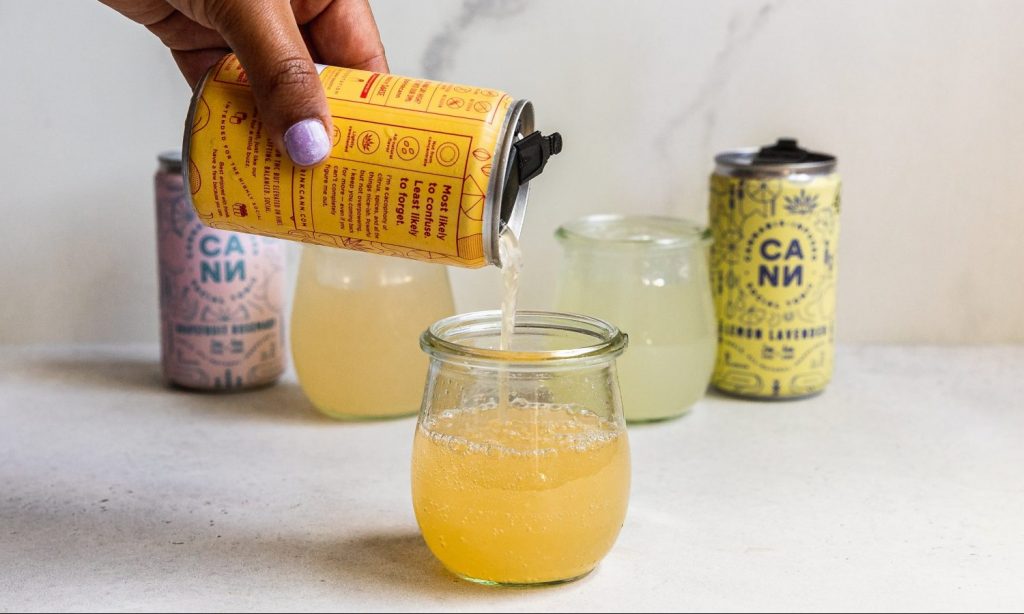
Cannabis beverages had a great 2020, emerging as a market of alternatives to alcohol and alcohol-centric socialization while the country was on lockdown. They range in dose, with most sitting within the 5–10mg range, though there are many high-dose options as well. Most beverages nowadays use emulsion technology to create a fast-acting, consistent experience that mimics the onset of alcohol, but with THC, CBD and a blend of adaptogens and/or terpenes for nuance. Due to their liquid form and quick onset, however, cannabis drinks have the shortest intoxication period.
RELATED: How To Avoid Going To The Emergency Room For Marijuana Overdose
This is all to say, if you found what works for you, keep at it, or try something new if you’re feeling unsatisfied. No matter what form of (controlled) edible you choose to consume, you’re bound to have a good time.





